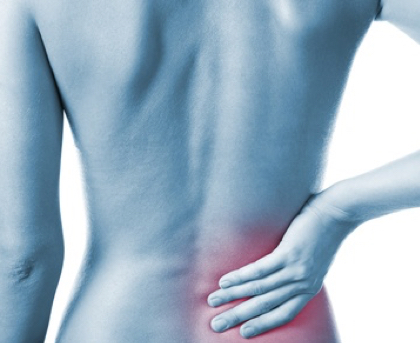Signs and Symptoms
Dysfunction or injury to the sacroiliac joint is one of the causes of pain in the lower back. Pain is felt in the low lumbar area, usually one sided and can refer into the buttock, groin and lateral hip areas.
Activities such as prolonged standing, sitting, slow walking and climbing stairs can increase the pain. Local trauma e.g. a fall onto one side, or poor postural habits such as crossed legs with prolonged sitting can contribute to pain in the sacroiliac joint. During pregnancy, and especially during the third trimester as the body shape and weight changes, the strong ligaments of the sacroiliac joint loosen from pregnancy hormones; this can cause dysfunction and pain.
At Bray Physiotherapy, we take a thorough history to determine the exact location of pain, it’s aggravating and easing factors and mechanism of onset. A physical examination includes assessment of movement, detection of spasm and stiffness and pain and tenderness in the muscles and joints of the comparable area. A neurological examination is performed if nerve root irritation is described.
Our Treatment & Expertise
The aim of our treatment is to reduce pain, restore movement and function, minimise muscle wasting and to restore our patient to a fully functioning, pre-injury state as quickly as possible. We place a huge emphasis on a “Hands-On” approach including massage, manual therapy and personalised exercise prescription. Electrotherapy including therapeutic ultrasound and interferential therapy helps to reduce inflammation and pain; dry needling or acupuncture can also be used.
Having identified the cause and nature of the problem, we aim to correct dysfunction and educate patients to prevent recurrence. If poor posture at home or at work has contributed, we include a postural assessment and offer advice to change the faulty ergonomics of sitting, standing or lifting.
Exercise therapy is a vital component to the treatment of the patient with sacroiliac joint problems. Exercises will restore full range of motion and provide stability to the area as it is healing. A home exercise programme is provided and encouraged, and return to full fitness is desired.


